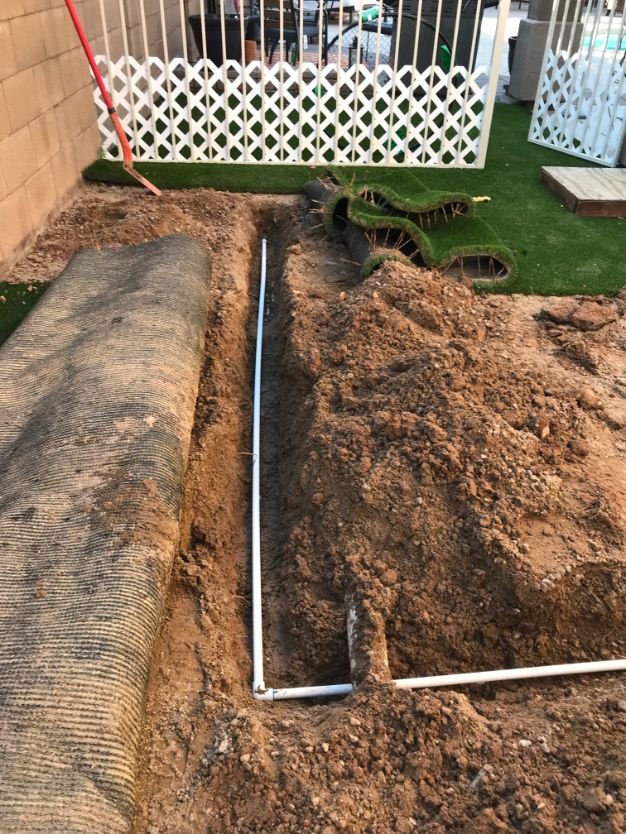Discover the Advantages of a Drip Irrigation System
Drip irrigation is a micro-irrigation system where small water drops directly reach the plants' root zone in a slow and controlled manner.
Drip irrigation is a micro-irrigation system where small water drops directly reach the plants' root zone in a slow and controlled manner. Several property owners who love a well-maintained landscape but have busy schedules or are in the country's drier regions are switching to drip irrigation systems to water their yards efficiently and improve their landscape's look.
Also known as trickle irrigation, a drip irrigation system uses tubes with emitters or micro-sprinklers to drip water over the plants' roots. The water tubes can be placed above or under the soil's surface. The following are the top advantages of using drip irrigation systems:
Maximize water usage
The top benefit of using drip irrigation systems is water savings. Drip irrigation is the most efficient way of watering plants in today's times and can significantly reduce gardening water usage. Drip irrigation prevents overwatering and water wastage by directing the water exactly where it is required. It also minimizes water loss due to evaporation. Efficient watering reduces the water used and ensures each plant gets adequate water.
Save time and money
Besides saving water, the drip irrigation system also saves time. These systems eliminate the need for hand-watering and can be put on a timer to help remove one thing off the to-do list. Forgetting to water plants or going on vacation will be fine. The drip irrigation system will fulfill one's landscape watering needs. Installing a drip irrigation system will also save money, as it uses 30% to 50% less water and will help lower water bills. The installation and maintenance of a drip irrigation system are less than its counterparts, and the labor and operational costs are also lower.
Versatility
Drip irrigation systems are highly versatile and ideal for use almost anywhere. They do not require drainage and proper site leveling. Drip irrigation is the perfect solution for irrigating vineyards, gardens, landscapes, or greenhouses on flat terrain or hillsides. The drip irrigation system is ideal for oddly-shaped landscapes. Inject fertilizers into the drip irrigation systems to eliminate fertilizer loss and ensure the plants get consistent nutrients.
Prevent soil erosion and reduce weed growth
Drip irrigation eliminates major issues like soil erosion, runoff, and weed growth. As the water is supplied directly to the roots, the water does not run off the soil surface. It reduces erosion and cuts down nutrient loss. Also, with drip irrigation, the surrounding soil does not receive water, which helps reduce weed growth.
Improve plant health
Another advantage of the drip irrigation system is it improves plant health by discouraging diseases. Customize the drip irrigation system to provide the right amount of water based on different plant needs. It eliminates overwatering, which can lead to various issues. By putting water directly at each plant's base, a drip irrigation system helps keep the leaves dry and prevent fungus and other pathogens from impacting plant health.
More advantages of the drip irrigation system
Improved soil infiltration capacity
It can work with low water pressure
Long-lasting and easily adaptable
It helps to control the water distribution
Install the best irrigation system
The drip irrigation system is a smart investment for one's landscape. Contact a local irrigation and landscape company to correctly install a drip irrigation system to enjoy its benefits.
With over 10 years of experience in the Peoria, Arizona, area, HS Irrigation and Landscape Lighting offers sprinkler system installation, sprinkler repair, service, and maintenance, sprinkler system design, drip irrigation and PVC drip systems, landscape lighting, and commercial irrigation and lighting solutions. Feel free to call us at 623 292 5478.

